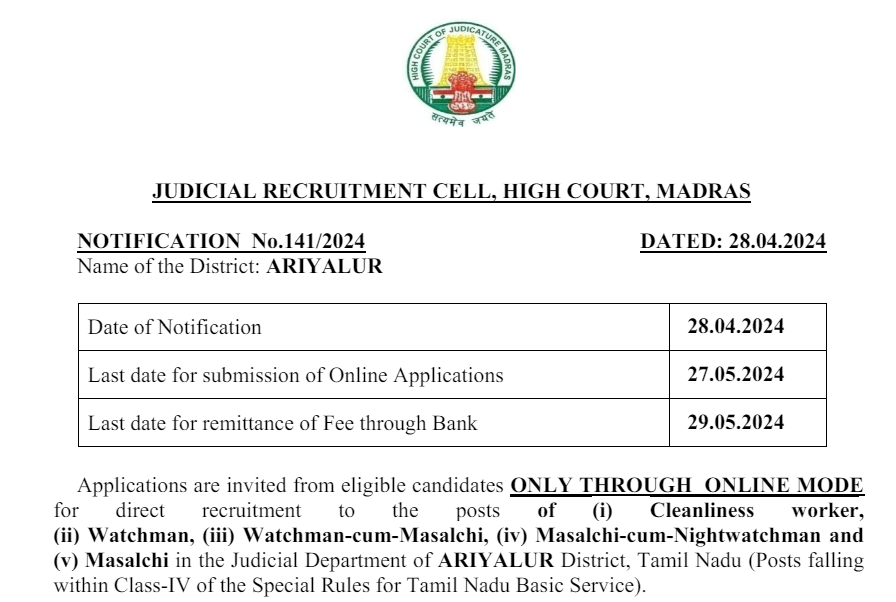Refrigeration and air Conditioning Part 1

Category –ME Online Test
Telegram-Join Us On Telegram
Attempt Free Refrigeration and air Conditioning Part 1 Here. Read The Important Mechanical MCQ From Below.
Q1. Most air cooled condensers are designed to operate with a temperature difference of
A. 5°C
B. 8°C
C. 14°C
D. 22°C
Answer : C
Q2. Logarithmic mean temperature difference is the same as the arithmetic mean temperature difference.
A. Agree
B. Disagree
C. Both (a) and (b)
D. None of these
Answer : B
Refrigeration and air Conditioning Part 1
Q3. The relative humidity is defined as.
A. the mass of water vapour present in 1 m3 of dry air
B. the mass of water vapour present in 1 kg of dry air
C. the ratio of the actual mass of water vapour in a unit mass of dry air to the mass of water vapour in the same mass of dry air when it is saturated at the same temperature and pressure.
D. the ratio of actual mass of water vapour in a given volume of moist air to the mass of water vapour in the same volume of saturated air at the same temperature and pressure
Answer : D
Q4. The condition of refrigerant after passing through the condenser in a vapour compression system is
A. saturated liquid
B. wet vapour
C. dry saturated vapour
D. superheated vapour
Answer : A
Q5. The total radiation from a black body per second per unit area is __________ fourth power of the absolute temperature. This statement is known as Stefan-Boltzmann law.
A. equal to
B. directly proportional to
C. inversely proportional to
D. none of these
Answer : B
Refrigeration and air Conditioning Part 1
Q6. In air-conditioning of aeroplanes, using air as a refrigerant, the cycle used is
A. reversed Carnot cycle
B. reversed Joule cycle
C. reversed Brayton cycle
D. reversed Otto cycle
Answer : C
Q7. Thermal conductivity of water __________ with rise in temperature.
A. remains same
B. decreases
C. increases
D. may increase or decrease depending upon temperature
Answer : D
Q8. The heat of sun reaches to us according to.
A. conduction
B. convection
C. radiation
D. none of these
Answer : C
Q9. The critical radius is the insulation radius at which the resistance to heat flow is.
A. maximum
B. minimum
C. zero
D. none of these
Answer : B
Refrigeration and air Conditioning Part 1
Q10. In a psychrometric chart, specific humidity (moisture content) lines are
A. vertical and uniformly spaced
B. horizontal and uniformly spaced
C. horizontal and non-uniformly spaced
D. curved lines
Answer : B
Q11. The curved lines on a psychrometric chart indicates.
A. dry bulb temperature
B. wet bulb temperature
C. dew point temperature
D. relative humidity
Answer : D
Q12. The coefficient of performance (C.O.P.) is the reciprocal of the efficiency of a heat engine.
A. True
B. False
C. Both (a) and (b)
D. none of these
Answer : A
Q13. Which of the following refrigerant has the highest freezing point.
A. Ammonia
B. Carbon dioxide
C. Sulphur dioxide
D. R-12
Answer : B
Q14. Wein’s law states that the wave length corresponding to __________ is proportional to the absolute temperature.
A. minimum energy
B. maximum energy
C. Both (a) and (b)
D. None of these
Answer : B
Refrigeration and air Conditioning Part 1
Q15. The use of heat exchangers is made in.
A. radiators in automobile
B. condensers and boilers in steam plants
C. condensers and evaporators in refrigeration and air conditioning units
D. all of the above
Answer : D














